Learn about Tasmanian acacias (wattles), celebrated for golden blossoms and hardy growth. Native plants central to local ecosystems.
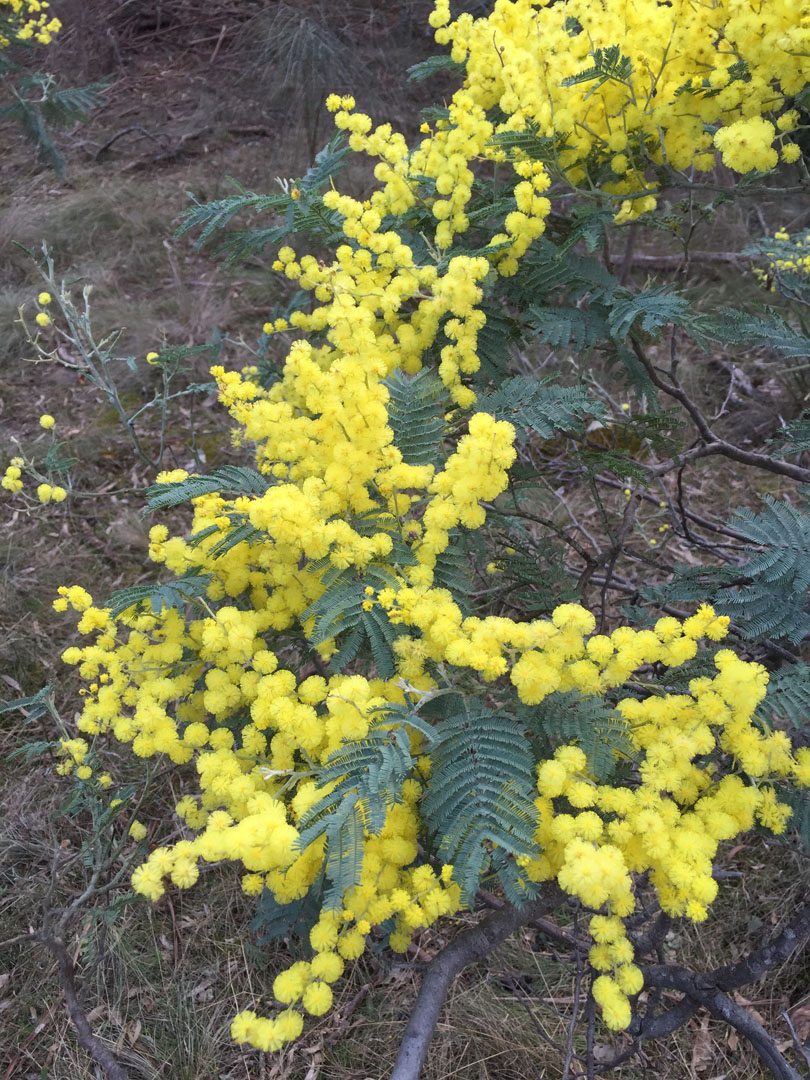
Hardy, fast growing small to medium tree. Bright yellow, prolific flowers late winter/spring. Tolerates most conditions except poor drainage. Good pioneer species to shelter other plants. Bee and bird attracting. Used in cut flower industry.
Image: Anna Povey - with permission
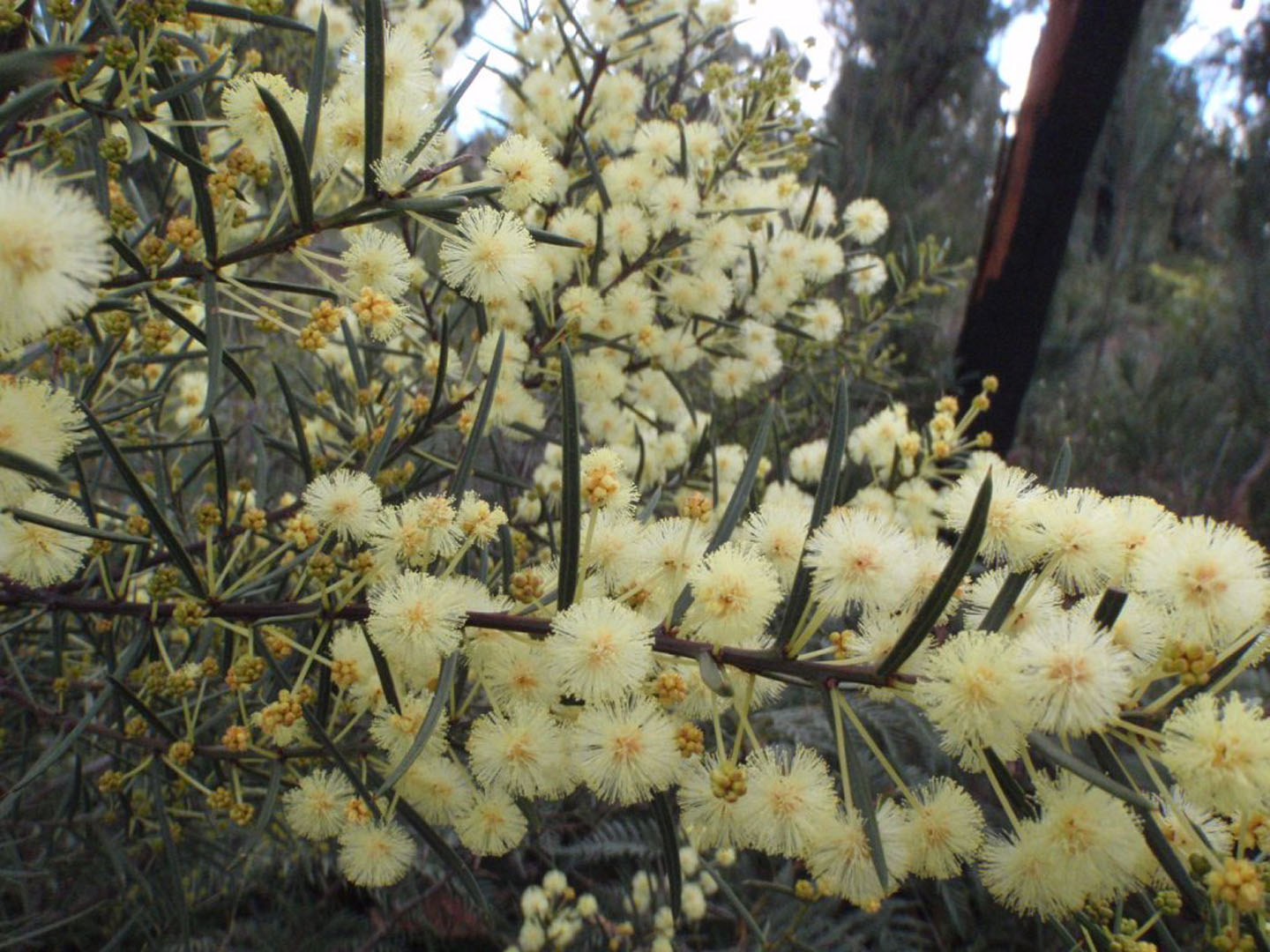
Shrub growing to 2-3m. Spherical yellow flower heads on slender stems in spring. Prickly foliage. Adaptable, hardy, good for dry places.
Image: Anna Povey - with permission
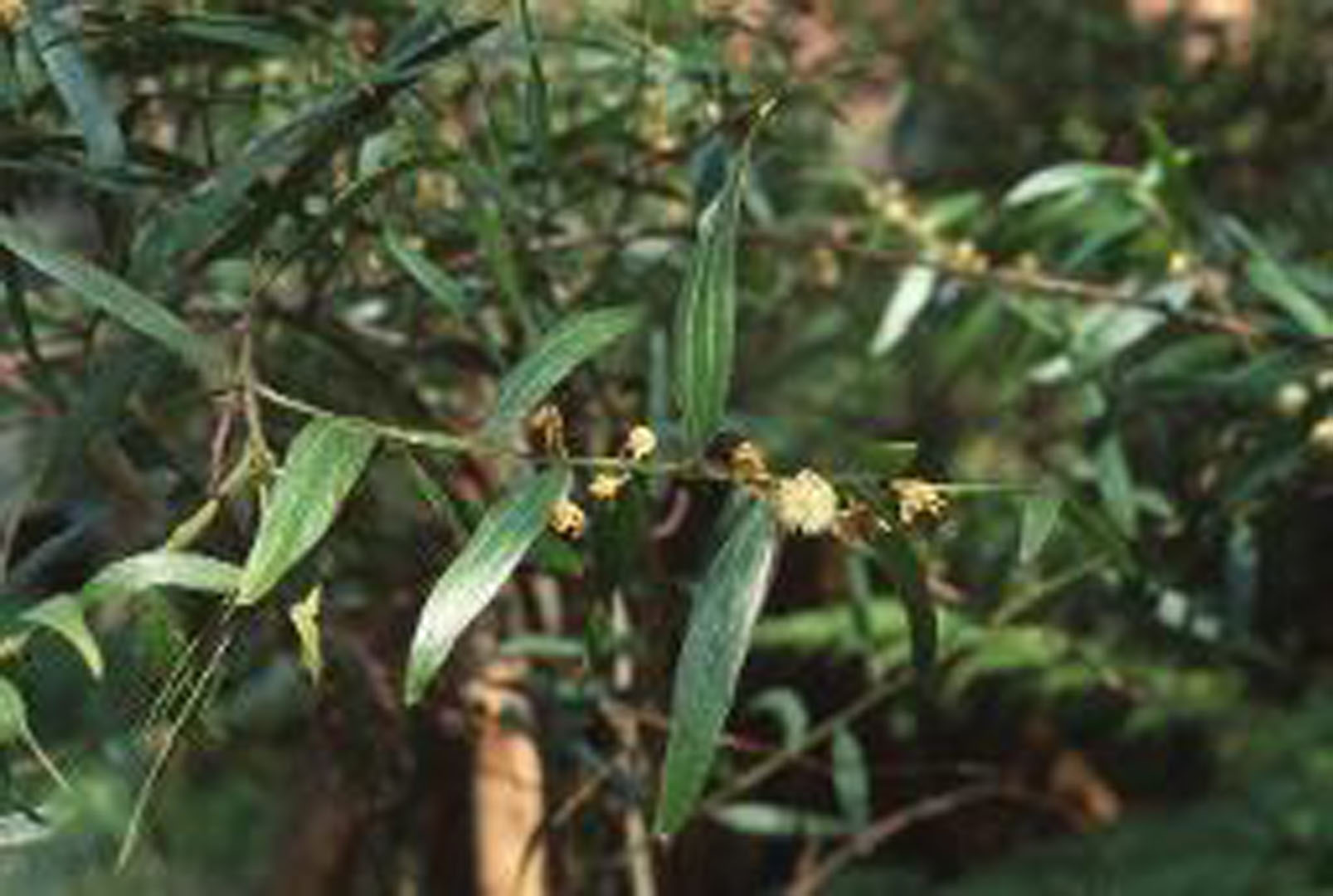
Hardy, adaptable shrub with dense fluffy balls occurring singly in late winter/spring/summer. Prefers part shade. Tolerates wet and dry periods.
Image: Tim Rudman - Natural Values Atlas
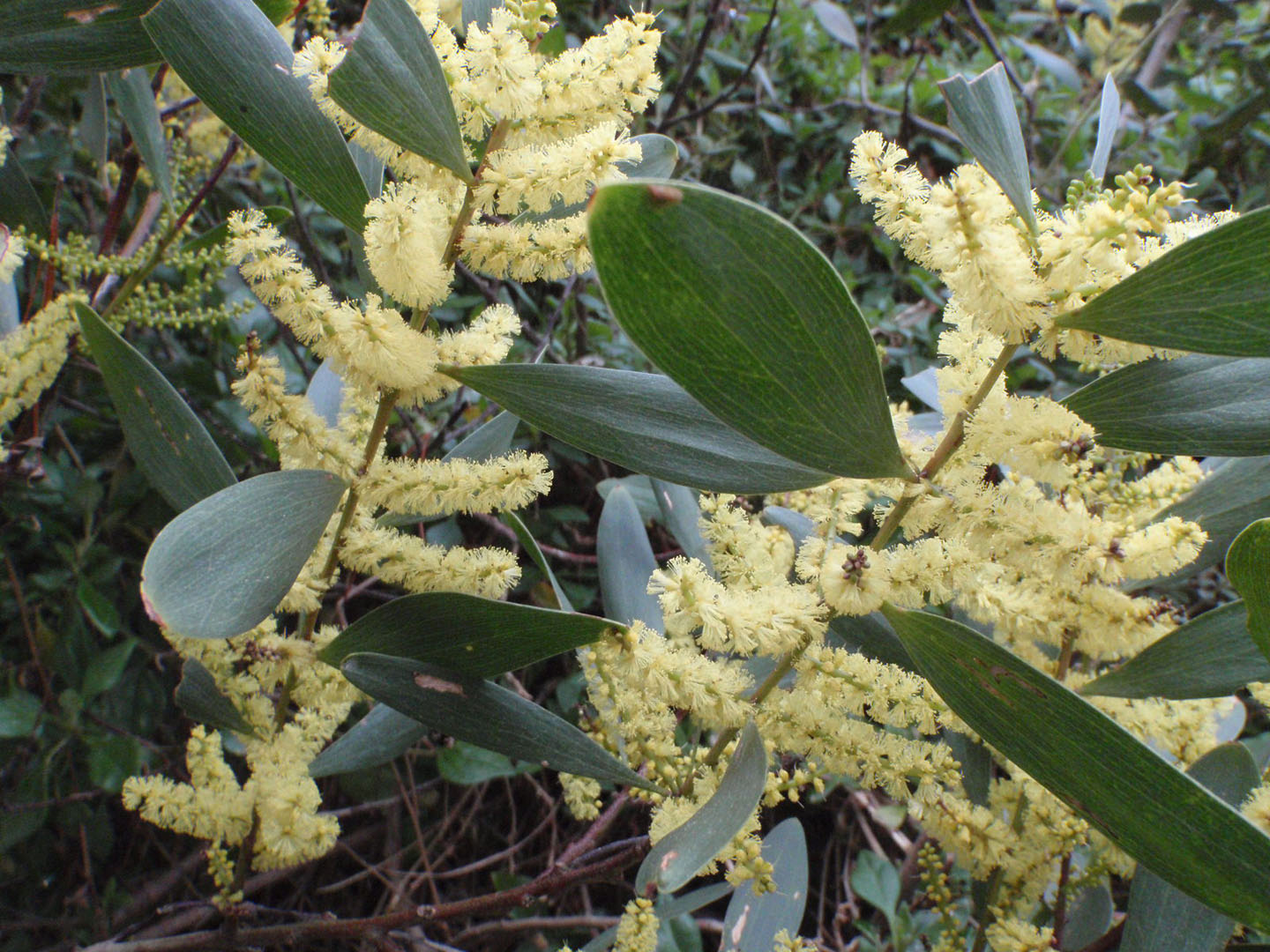
Much branched shrub or small tree to 5m. Long straight yellow flower spikes in late winter/spring. Grows in poor, sandy, well-drained soil. Wind, salt and frost tolerant. A good coastal windbreak.
Image: Anna Povey - with permission
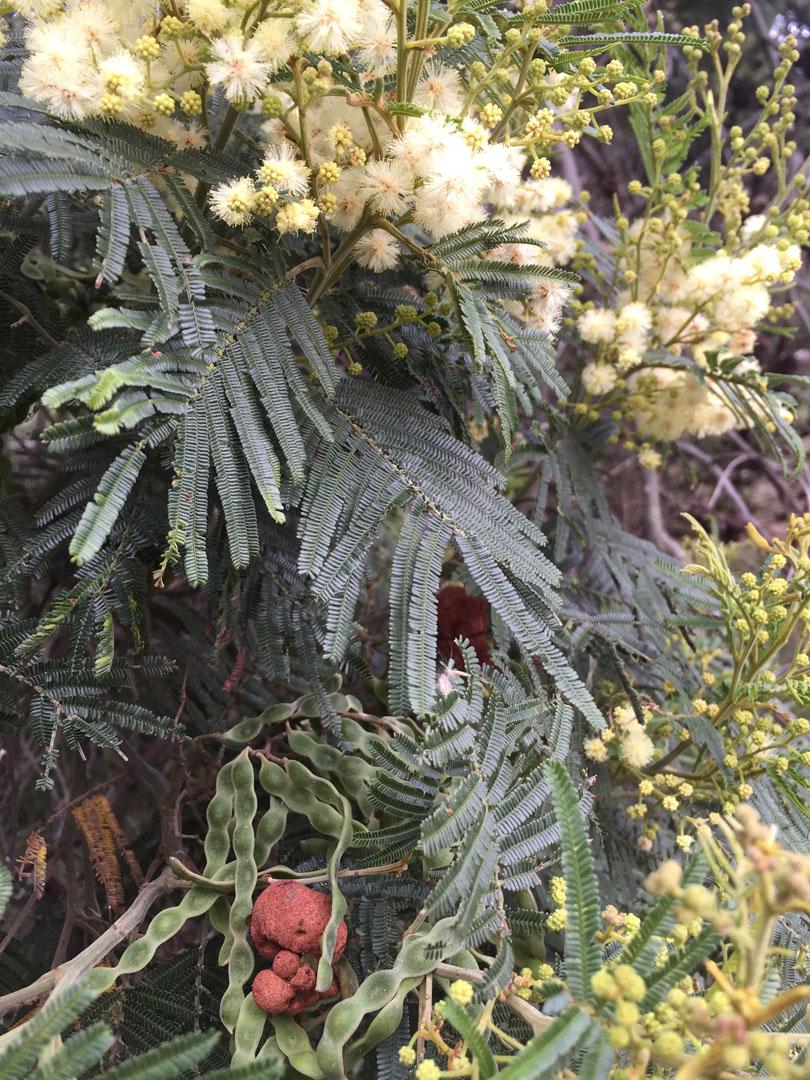
Small tree with smooth dark grey bark to 10m. Pale yellow globular heads of 20-30 flowers in spring/summer. Adapts to wide range of conditions. Frost and drought tolerant. Medium level cover in shelter belts in moist areas. Bee attracting. Nesting habitat for birds and food source for sugar gliders.
Image: Anna Povey - with permission

Large shrub or tree to 30 m. Dense pale yellow globular heads of 30-50 flowers on stout stalks in spring. Moist, well-drained soil dappled shade to full sun. Good shade tree and shelter in windbreaks. Useful in controlling erosion. Bird and bee attracting. Moderate flammability.
Image: Anna Povey - with permission
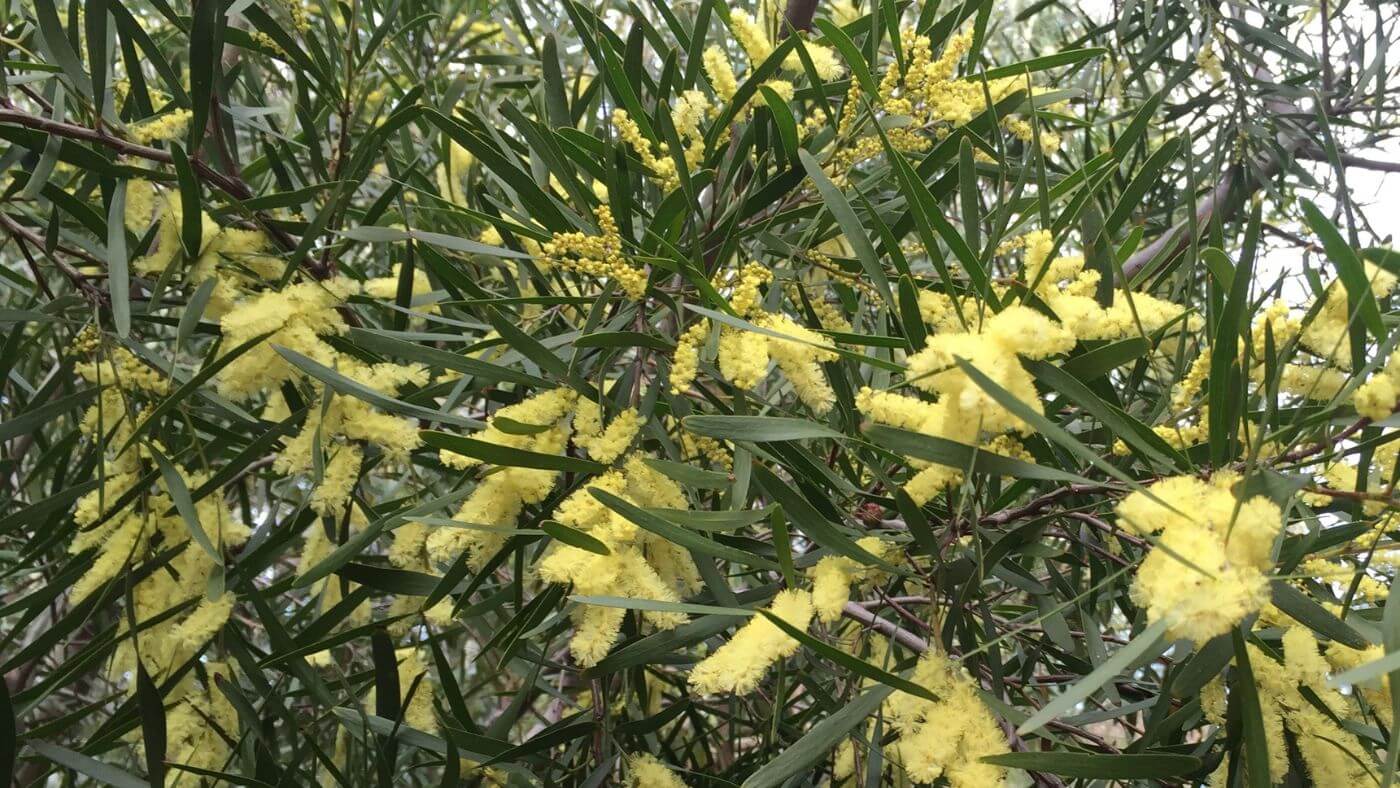
Erect bushy shrub to small tree to 10m. Creamy yellow flowers in axillary spikes in spring. Hardy, quick growing. Useful for screen or hedge planting. Bird attracting.
Image: Anna Povey - with permission
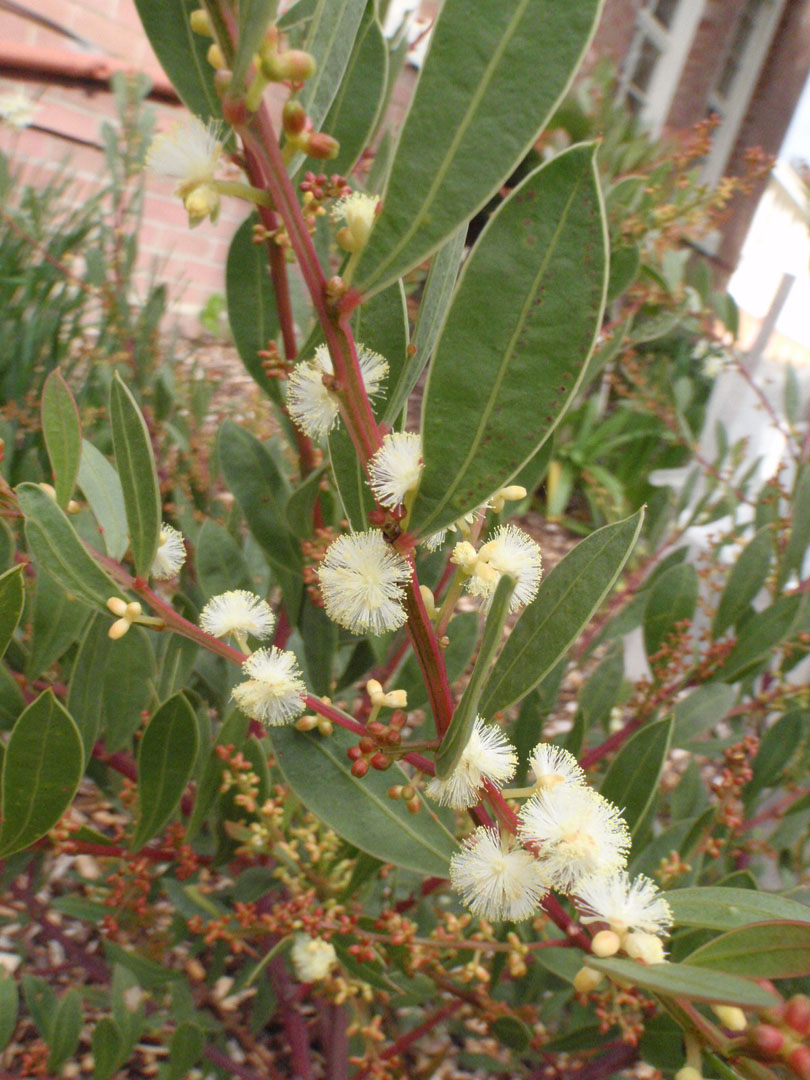
Small dense shrub to 1m with reddish stems. Large creamy yellow balls with 2-4 balls per head in late autumn/winter/early spring. Needs a well-drained position. Red foliage more prominent when grown in full sun. Bird attracting.
Image: Anna Povey - with permission

Tall shrub or small tree with slender pendulous branches and sharply pointed foliage. Profuse lemon-yellow, loose flower spikes in late winter/spring. Adaptable, tolerates part shade. Bird attracting.
Image: Cassie Strain - Natural Values Atlas
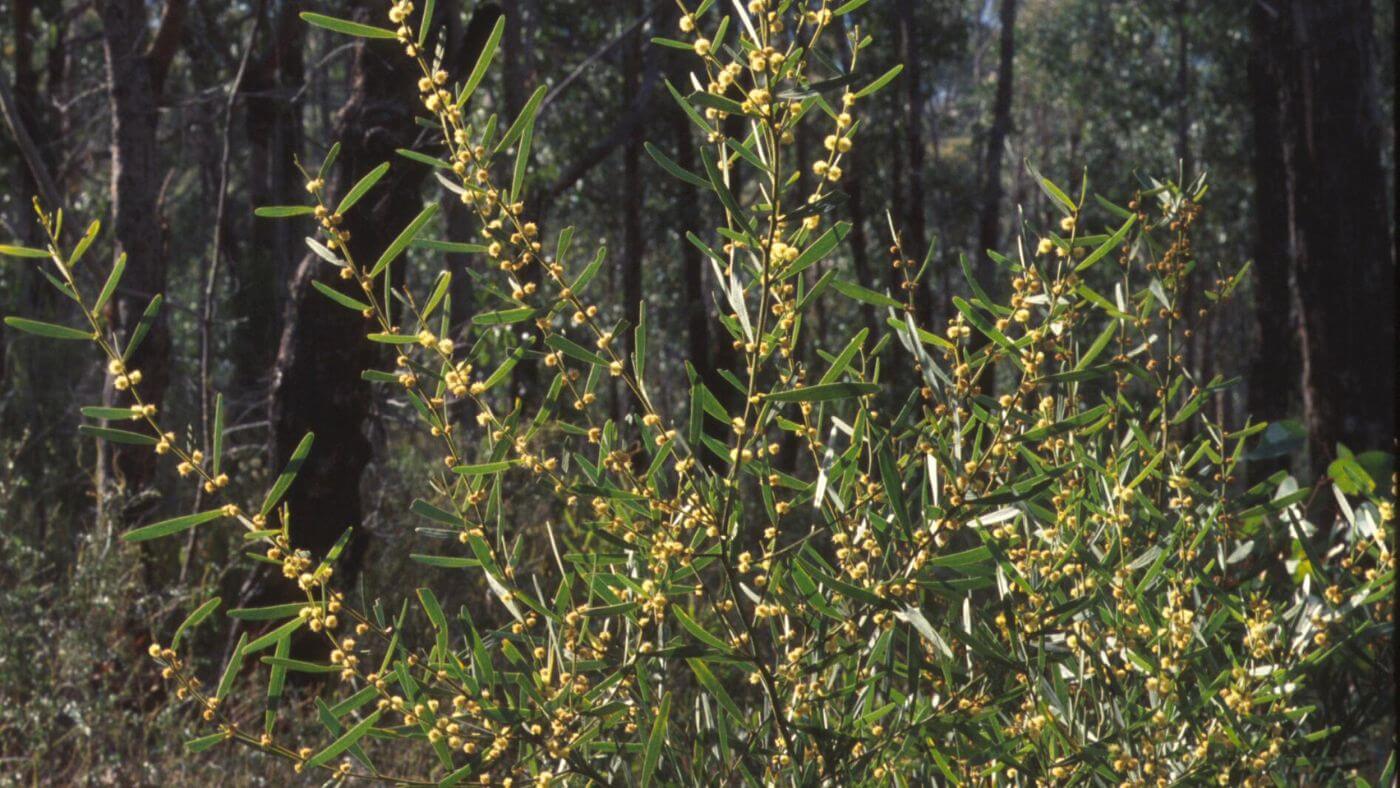
Shrub, branches angular and erect. Long, leathery foliage. Flowers pale yellow balls in small clusters in late winter/spring. Needs well-drained soil with full/part sun. Tolerates coastal conditions. Bird attracting.
Image: Tim Rudman - Natural Values Atlas
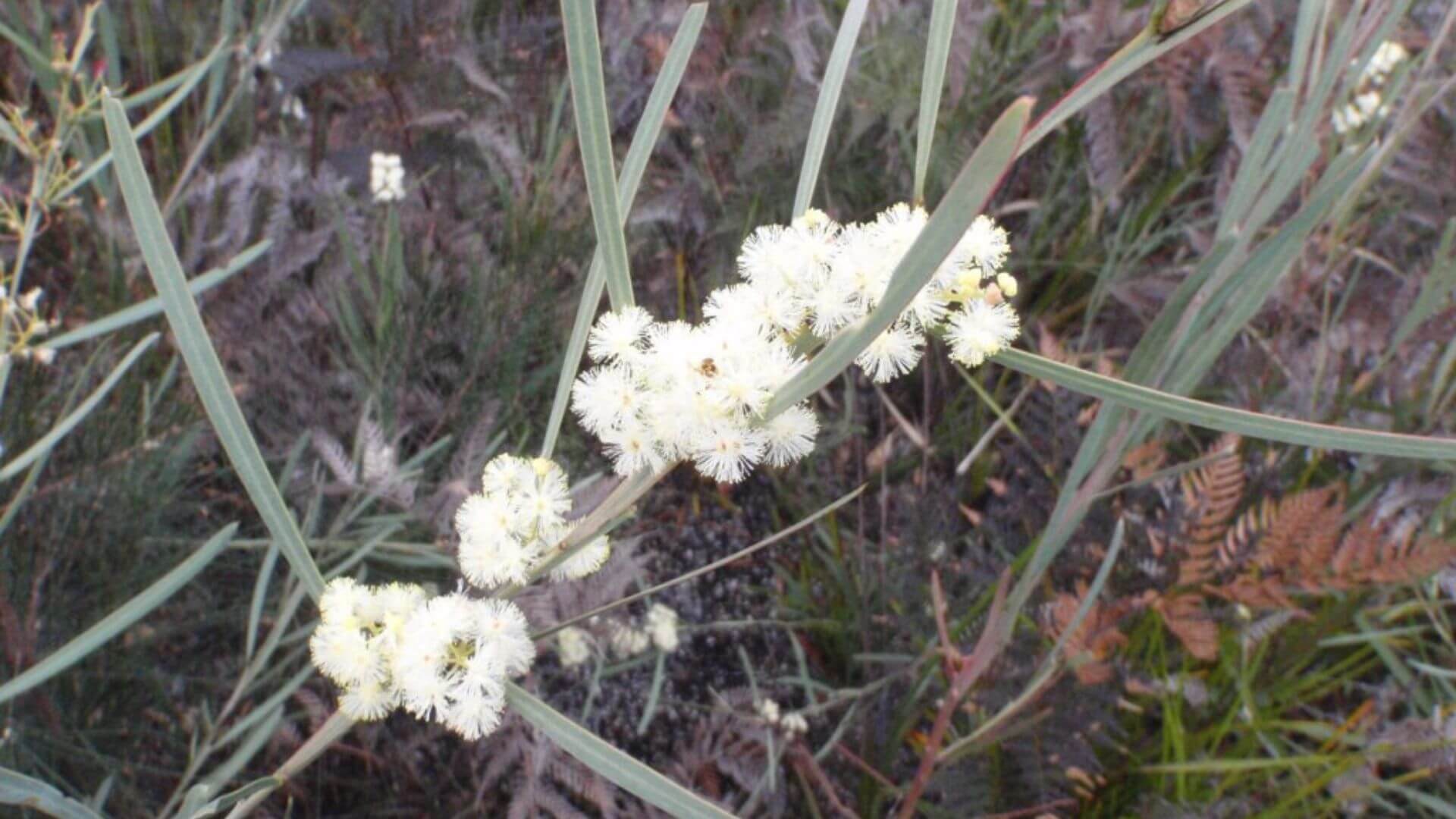
Shrub with few branches, usually erect and open, to 2m. Flower buds covered in brown bracts. Pleasantly fragrant clusters of cream/pale yellow balls in late autumn/winter/spring. Suits well-drained soil, full sun to part shade. Bird attracting
Image: Anna Povey - with permission
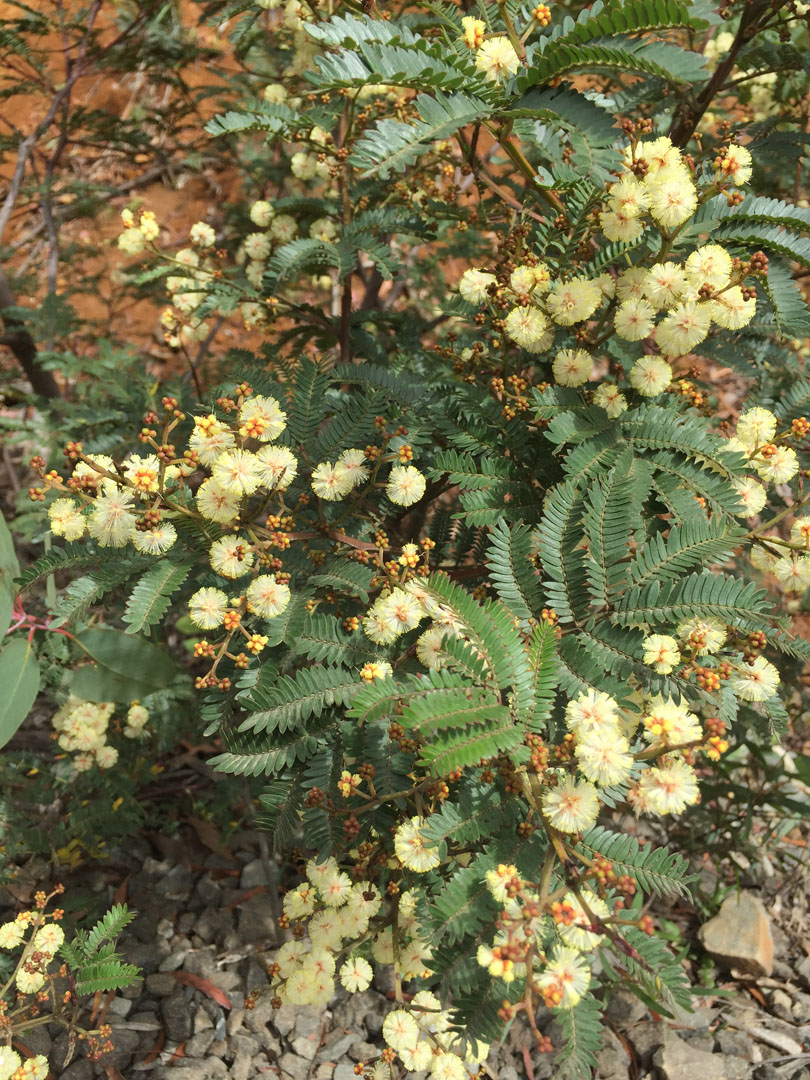
Shrub to 4m with spreading branches. Flowers are clusters of fluffy balls, pale cream/yellow, smelling of mulberries in autumn/early winter. Prefers full sun and will grow in rocky ground. Bird attracting.
Image: Anna Povey - with permission

Prickly woody shrub or small tree. Flowers are yellow cylindrical spikes in the leaf axils in spring. Can be grown in moist well-drained sites. Bird and bee attracting. High flammability.
Image: Anna Povey - with permission